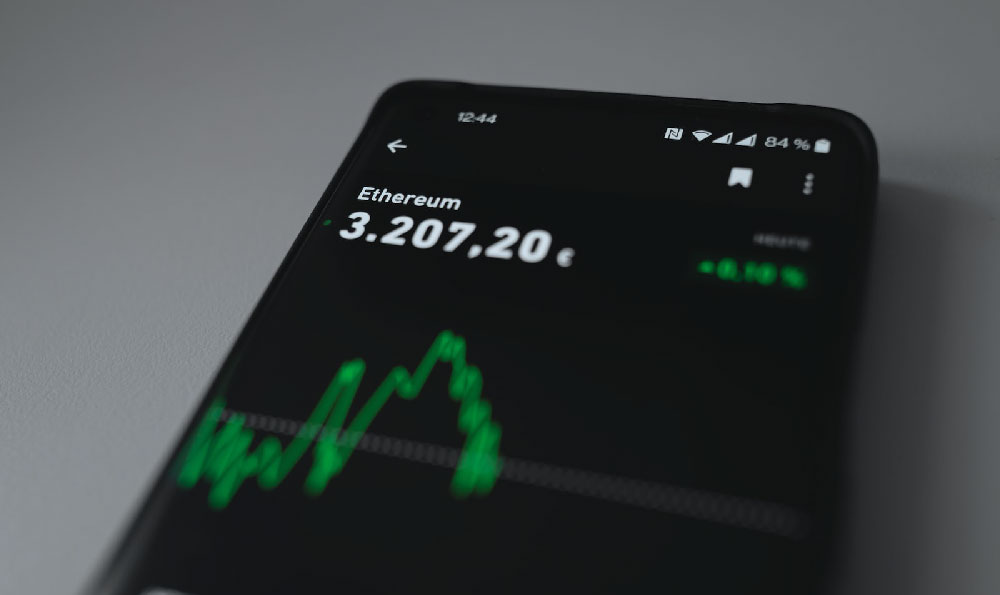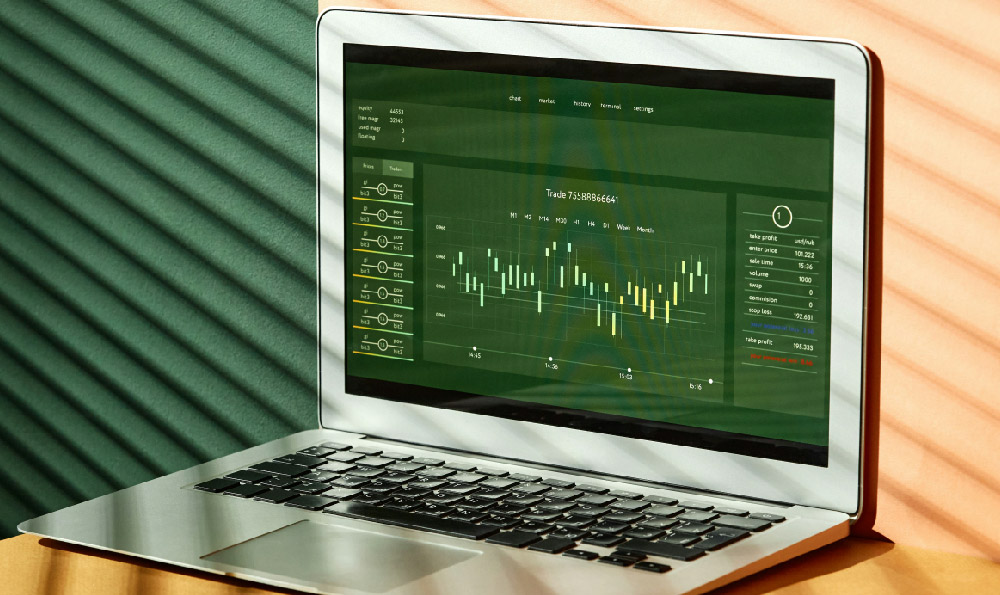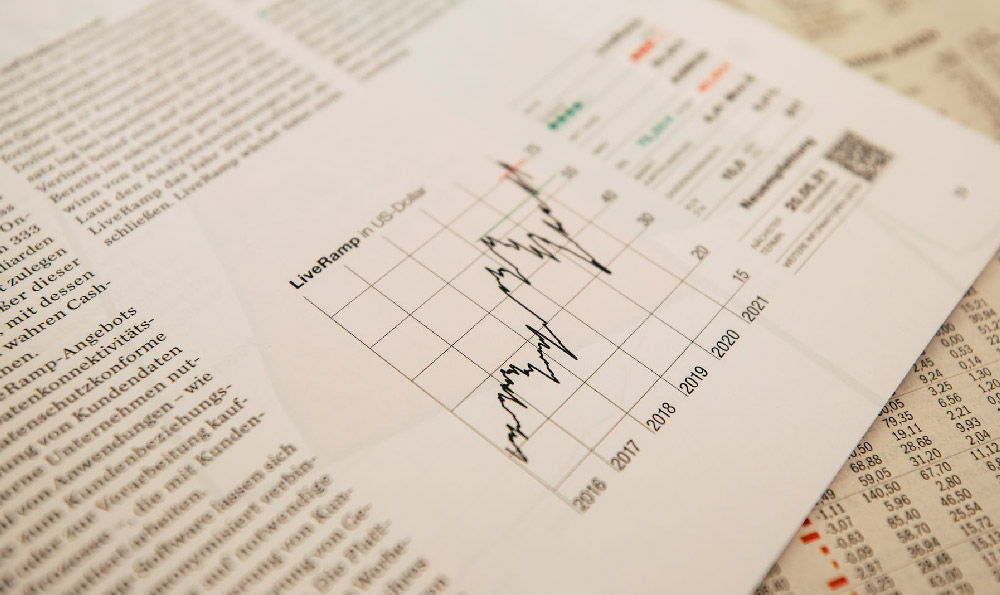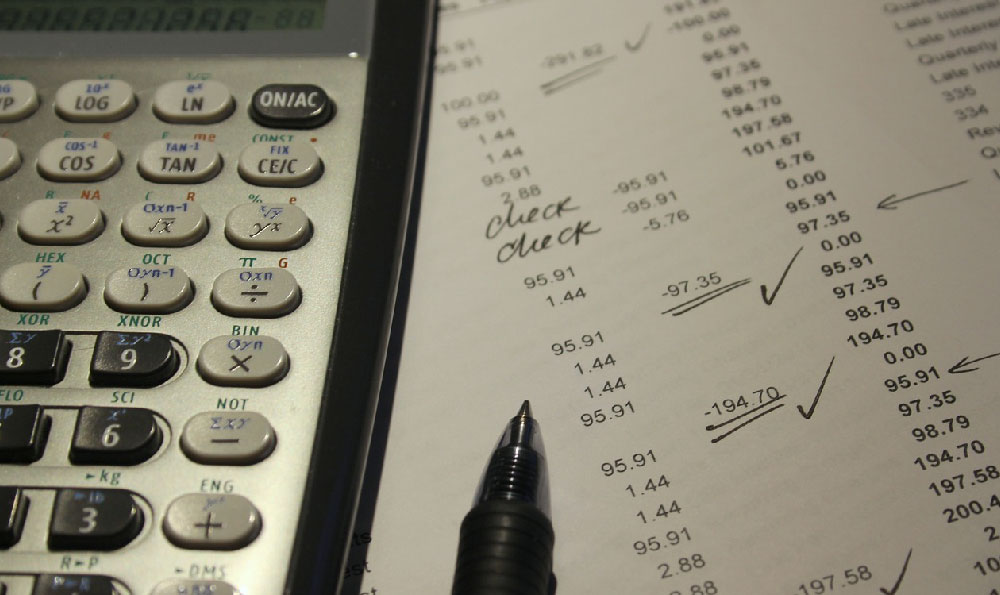Okay, I'm ready. Here's an article based on the title "VTSAX Investments: Where to Start and Is It Right for You?", keeping in mind your instructions.
VTSAX: Diving into Total Stock Market Investing
Investing in the stock market can seem daunting. The sheer number of choices, the volatile nature of individual stocks, and the potential for significant losses can deter even the most ambitious investors. However, a strategy that has gained immense popularity and proven remarkably effective for many is investing in broad market index funds, and among these, the Vanguard Total Stock Market Index Fund Admiral Shares, often referred to as VTSAX, stands out as a prime example.
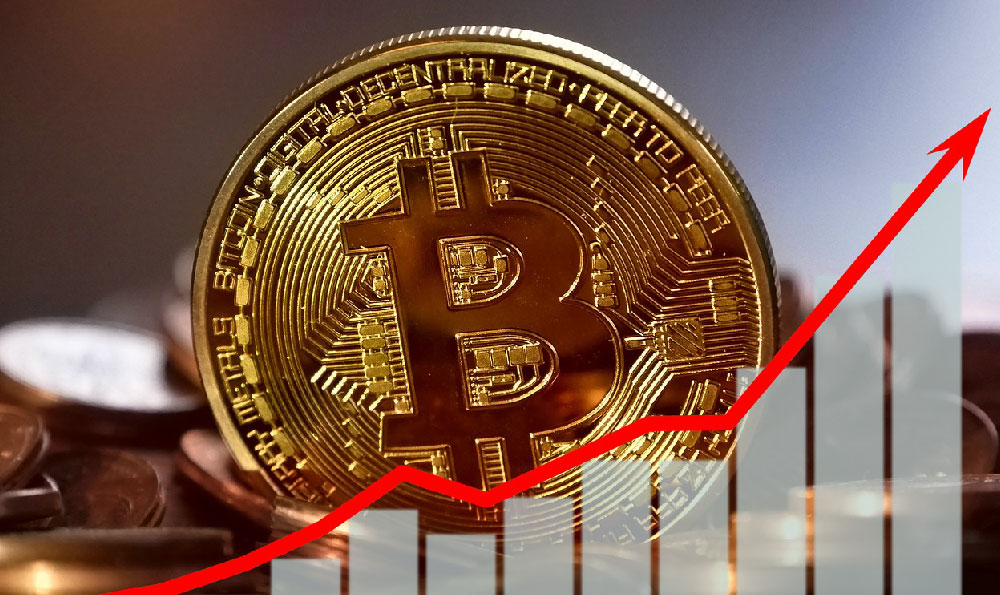
VTSAX offers investors a single, diversified holding that mirrors the performance of the entire U.S. stock market. This means you're not betting on a specific company or sector; instead, you're investing in virtually every publicly traded company in the United States, from giants like Apple and Microsoft to smaller, emerging businesses. This inherent diversification significantly mitigates risk compared to investing in individual stocks. If one company performs poorly, its impact on the overall performance of VTSAX is minimal, as it's just one small piece of a much larger pie.
So, how does one begin investing in VTSAX? The initial step involves opening an account with Vanguard, the investment firm that manages the fund. This can be done online through their website. You'll need to provide personal information, including your Social Security number, address, and bank account details for funding purposes. Once your account is established, you can transfer funds electronically from your bank account to your Vanguard account.
With funds available in your account, you can then purchase shares of VTSAX. You specify the dollar amount you want to invest, and Vanguard will purchase the corresponding number of shares based on the fund's current price. The minimum initial investment for VTSAX is typically $3,000, reflecting its classification as Admiral Shares, which offer lower expense ratios to investors who meet this minimum. However, after the initial purchase, subsequent investments can be made in smaller amounts.
A crucial aspect of investing in VTSAX is understanding its expense ratio. The expense ratio is the annual fee charged to manage the fund, expressed as a percentage of your investment. VTSAX is known for its remarkably low expense ratio, which is typically around 0.04%. This means that for every $10,000 you have invested in VTSAX, you'll pay only $4 in annual fees. This low expense ratio is a significant advantage, as it allows you to keep more of your investment returns.
While VTSAX provides broad diversification, it's essential to recognize that it's still subject to market risk. The value of your investment will fluctuate with the overall performance of the stock market. Economic downturns, geopolitical events, and other factors can all impact market sentiment and cause the value of VTSAX to decline. However, historically, the stock market has consistently trended upward over the long term, suggesting that a long-term investment horizon is crucial for maximizing returns with VTSAX.
Dollar-cost averaging is a popular strategy employed by many VTSAX investors. This involves investing a fixed dollar amount in the fund at regular intervals, regardless of the share price. When the share price is low, you'll purchase more shares, and when the share price is high, you'll purchase fewer shares. Over time, this strategy can help you to smooth out your investment costs and potentially achieve better returns than trying to time the market.
Is VTSAX the right investment for everyone? Not necessarily. While its broad diversification and low expense ratio make it an attractive option for many, it's important to consider your individual circumstances and investment goals.
For investors with a low risk tolerance, VTSAX might be too volatile. While it's diversified, it's still entirely invested in stocks, which are generally considered riskier than bonds or other asset classes. Investors nearing retirement or those who need access to their funds in the short term might prefer a more conservative investment approach.
Conversely, younger investors with a longer time horizon may find VTSAX to be an excellent cornerstone of their portfolio. The potential for long-term growth outweighs the short-term volatility for those who can afford to ride out market fluctuations.
Furthermore, investors who prefer a more hands-on approach to investing, selecting individual stocks and actively managing their portfolio, might not find VTSAX appealing. VTSAX is a passive investment, meaning it simply tracks the market index and doesn't involve active stock picking.
Ultimately, the decision of whether or not to invest in VTSAX depends on your individual risk tolerance, investment goals, and time horizon. It's crucial to carefully consider these factors before making any investment decisions. Consult with a financial advisor if you're unsure whether VTSAX is the right fit for your portfolio. They can help you assess your individual needs and develop a personalized investment strategy that aligns with your specific circumstances.




